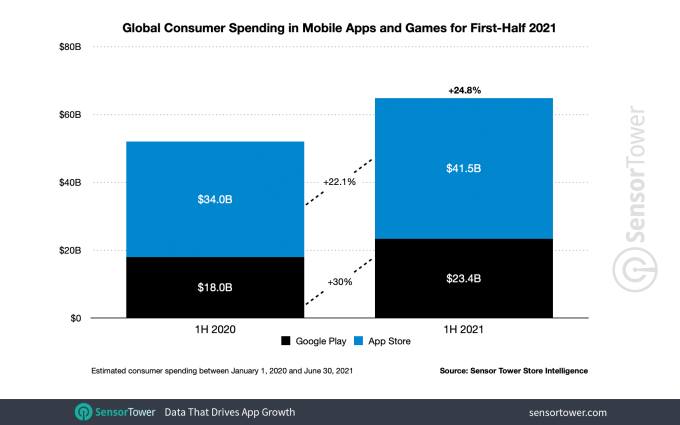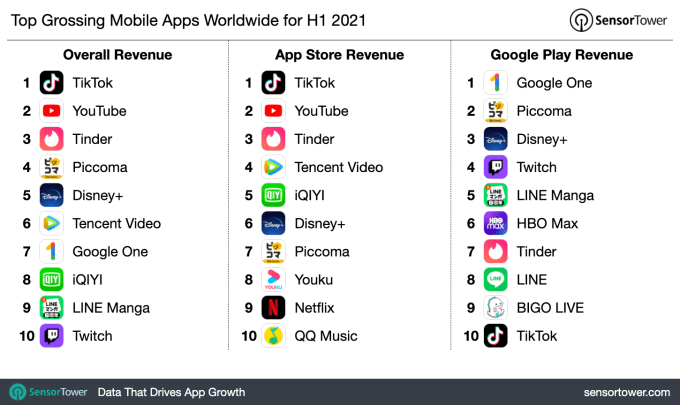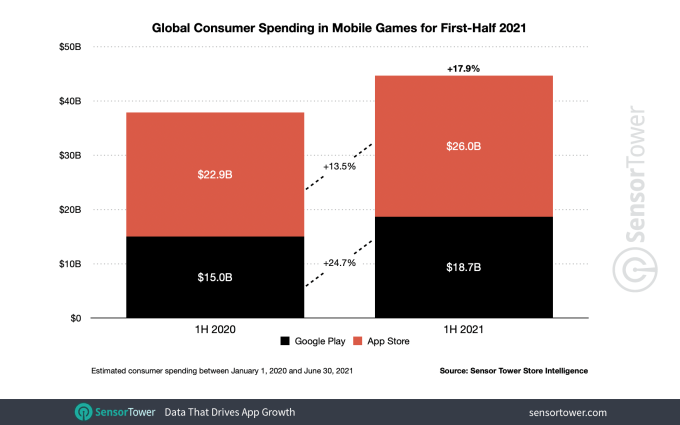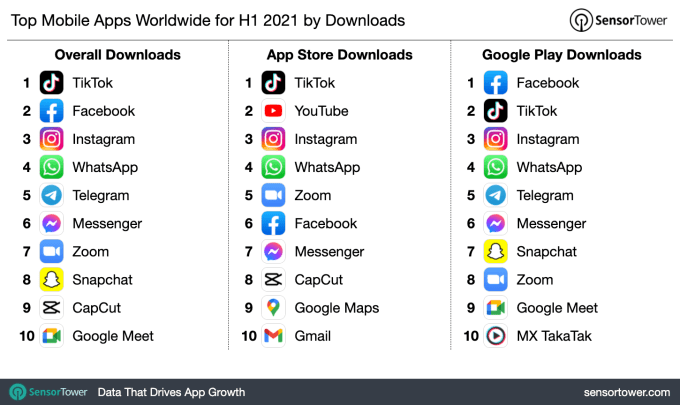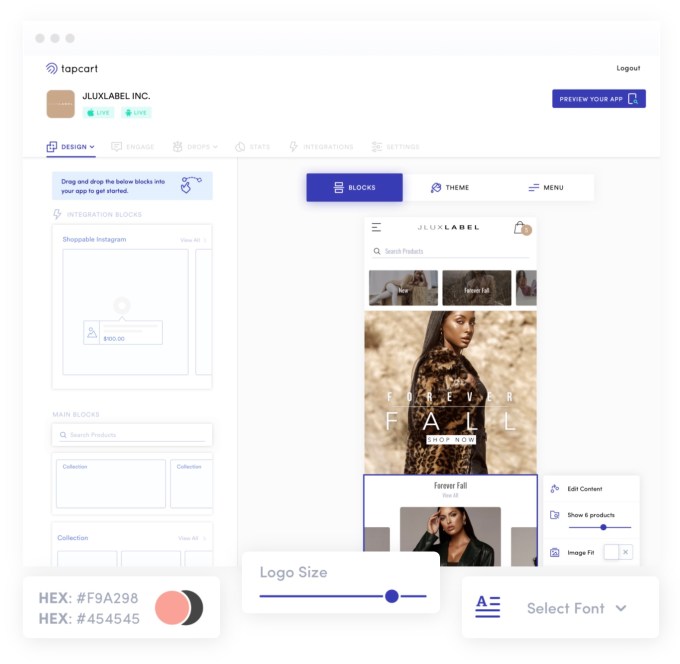The math is simple: Great research universities beget great startups. Pittsburgh certainly has little want for the former, with two world-class research schools — Carnegie Mellon University and the University of Pittsburgh – located in the city.
The latter historically presented a challenge for Pittsburgh, as local startups often left for the greener (in the sense of dollars) pastures of vibrant ecosystems like New York and San Francisco.
After speaking to current mayor Bill Peduto about how Pittsburgh is working to build its own startup community, I hopped on a call with Dave Mawhinney, the executive director of CMU’s Swartz Center for Entrepreneurship. The Center – named for Accel founder Jim Swartz – is tasked with helping grow the student body’s entrepreneurial ambitions.
This interview is part of TechCrunch’s City Spotlight on Pittsburgh. Join us on Tuesday, June 29 for the free online event where we will be joined by Mayor Peduto, Karin Tsai, director of engineering at Duolingo, and Carnegie Mellon University President Farnam Jahanian. Register for the free event here.
TechCrunch: Can you give me a bit of a brief history on how CMU has developed startups over the years?
Dave Mawhinney: First of all, I’m a CMU alum – and I’m not your typical academic. I had a 30-year entrepreneurial and venture capital career before I came back to Carnegie Mellon a decade ago to make it on-par with Stanford, MIT, Berkeley, Harvard and other great entrepreneurial universities[…] When I came back to CMU in 2011, 2012, there were several different activities across campus that were rather siloed.
There was an effort in the computer science department, there was an effort in the engineering department, there was an effort in the business school and they were all doing their own things and not necessarily getting the economies of scale of working together. When the university asked me to come back and run the Don Jones Center at the business school, I said I would only do so if you give me the agency to try to pull together all of our entrepreneurial activities under one rough.
You can create a really breakthrough technology, but that doesn’t necessarily mean you’ve got the ability to market it yourself to create an effective business plan. How much is that built into the curriculum at CMU? And how much cross pollination is there between the various departments?
We have a sign at our front door that says, “the ideal startup team is hacker, hustler, designer.” The hackers are the technical people, the hustlers are the people that are willing to do business, to talk to partners. And I think designers are absolutely key because they are the glue that holds everything together. They make the products and services useable. It’s truly in our DNA and as we do our education in the four-credit classes, or as we do our workshops that are outside the classroom, that concept of design thinking, really getting to know your customer and solving real world problems that they’re willing to pay for now, is critical to getting the company off to the right start.
We also very much believe in the model of mentorship, so all of our startups get assigned mentors that are from the generalized background of the business that they’re going into. And then we have a roster of several hundred experts, from legal experts, accounting experts, marketing experts, manufacturing experts — any type of expertise that you can imagine that our teams can reach out to and tap into, to get questions answered and to get set on the right direction.
What kind of vetting happens on the university side? Does a startup have to pass a certain threshold to gain access to all of these opportunities?
Everybody’s welcome. Our doors are open to everybody, but there are some steps. When you come and sign up to work at the Swartz Center, you get to go to a first come, first serve table. There’s typically 20 of these tables available at any given time. The teams that show dedication, they participate in our programs, they’re showing up on a daily and weekly basis and they’re making progress, they’ll get a dedicated table, where they get to put their branding on the table and keep their equipment there. And the, ultimately, the teams that are making the most progress have customers and perhaps have raised a pre-seed or seed round, they get their own office. We have ten of those called “Startup Garages.” We do have that bit of meritocracy built in, as you go forward, but it is open to everybody. The truth is the founding teams, the entrepreneurs, they have to make it happen. We’re not going to spoon feed you.
Like a lot of other schools located outside of major metropolitan areas, I assume there’s a lot of bleed when it comes to leaving for different markets.
That has been true historically, but it’s changed. Really, the seminal event was when Google put an office in Pittsburgh in 2006. They have over 1,000 employees. Every major tech company — Amazon, Facebook, Apple — have all embedded hundreds of engineers in our community, so we’re growing really, really rapidly. Artificial intelligence was invented at Carnegie Mellon – and that sort of set off the robot revolution […] Now we’re the center of the automated vehicle community. Aurora is co-located here, Argo is here, Aptiv is here. We have a very vibrant community and we do want to continue to grow it.
But one of the challenges is getting that capital to come into the community. If you look at how much Uber ATG brought in, how much Argo AI and Aurora – collectively, those three companies, which have all licensed CMU technologies, they’ve all got over $7 billion in collective capital. Not all of it will be spent here, but a lot of it will be spent here. But that doesn’t necessarily trickle down to the next AI startup raising their first $3 million. So we do need to keep that connectivity to the money centers in the Bay Area and New York to ensure that our startups will get funded.

